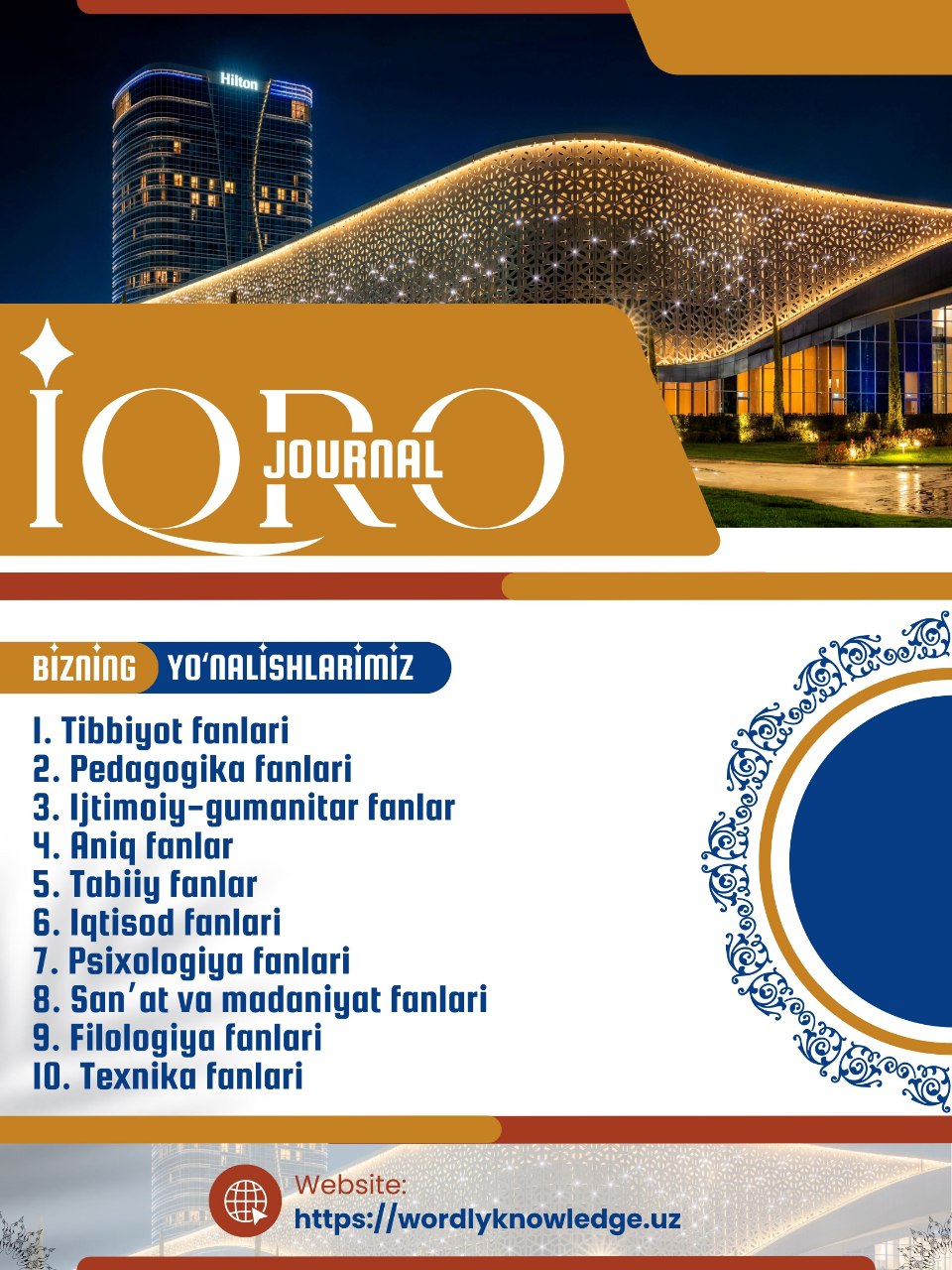COMPOUND ADJECTIVES IN ENGLISH
Keywords:
Translation, adjectival compounds, morphological analysis, semantic analysis, word formation.Abstract
Compounds, defined as words formed by combining two or more words, are ubiquitous in English. Among various word-formation processes in morphology, compounding stands out as highly productive. This paper explores key concepts related to noun and adjective compounds. After a brief theoretical introduction on the structure and types of compounds, the study presents a corpus-based classification of 32 noun and adjective compounds. Examples were collected from women's magazines (Cosmopolitan) and analyzed to illustrate the structure and stress patterns of compounds. While compounds often have transparent compositional meanings, some may exhibit metaphorical or figurative meanings, potentially leading to confusion among speakers. Compounding remains a highly productive aspect of language, enabling the creation of numerous new words with both literal and non-literal meanings. Their translations might prove to be problematic for various reasons such as lack of translation equivalents, culture-specific lexemes, or differences in structural characteristics of the two languages. The paper thus provides the morphological and semantic analyses of the source vocabulary, lists the offered translations, and categorizes the adequacy of translation in the target language. Some pedagogical implications are offered in the conclusion.
References
Libben, Gary, Gagné, Christina L. and Dressler, Wolfgang U. (2020). The representation and processing of compounds words. In V. Pirrelli, I. Plag & W.U:Dressler (Eds.). Word Knowledge and Word Usage: A Cross-Disciplinary doi.org/10.1515/9783110440577-009 DOI: https://doi.org/10.1515/9783110440577-009
Lieber, Rochelle, Pavol Štekauer. (2009) The Oxford Handbook of Compounding. Oxford University Press: Oxford
Эргашева Д. И. К методическому вопросу анализа учебников в преподавании иностранных языков // Педагогическое мастерство: мат-лы II Междунар. науч. конф. (г. Москва, декабрь 2012 г.). М.: Буки-Веди, 2012.
Kazakbayeva D. Typology of the constituents of the semantic field of the concept of “ear” in English and Uzbek. SOI: 1.1/TAS. DOI: 10.15863/TAS International Scientific Journal Theoretical & Applied Science. p-ISSN: 2308-4944 (print) e-ISSN: 2409-0085 (online). Year: 2021. Issue: 11. Volume: 103 Published: 30.11.2021
Kazakbayeva, D. (2021). THE WORDS WITH THE SEMANTICS OF «EAR» PRAGMATIC PROPERTIES IN THE UZBEK LANGUAGE. InterConf, (72). вилучено із https://ojs.ukrlogos.in.ua/index.php/interconf/article/view/14143
D. Kazakbayeva, S. Qodirov. Ingliz va o'zbek tillarida "quloq" semantic maydoni konstituentlari tipologiyasi, Science and education 2 (4), 2021, p441-452
Shukurdinovna, Shamatova O., and Kazakbayeva D. I. Kizi. "Pedagogical Problems of Creating English Textbooks." JournalNX, vol. 7, no. 1, 2021, pp. 109-112.
Сущность речевой культуры при обучении иностранному языку. Дильфуза Илхамовна Эргашева. Молодой ученый, 316-317, 2010
Kazakbayeva, D., Shokirov, Sh., & Mamatkulov, A. (2021). Research on lexicalsemantic field of “ear” in different structural languages. Philosophical readings 13, 2283-2289.
Plag, Ingo. (2018) Word-Formation in English, Cambridge Textbooks in Linguistics, 2018. ISBN: 978-1-316-62329-9
Ratih, Elisa,, Rosalin Ismayoeng Gusdian. (2018) Word formation processes in English new words of Oxford English dictionary (OED) online Celtic: A Journal of Culture, English Language Teaching, Literature and Linguistics 5.2 (2018): 24-35. DOI: https://doi.org/10.22219/celtic.v5i2.7617
Spencer, Andrew, Arnold M. Zwicky. (2017) The Handbook of Morphology. Print ISBN:9780631226949














